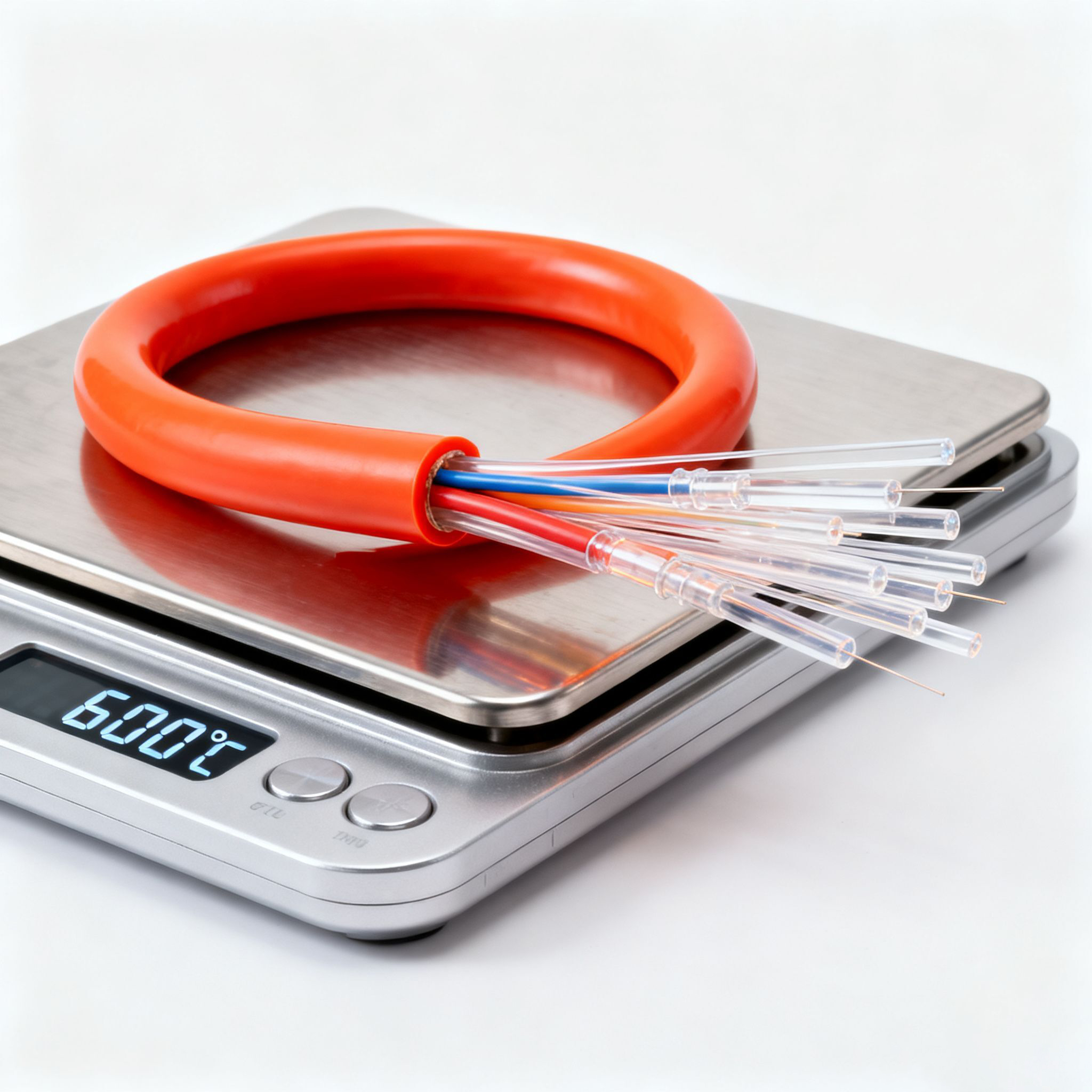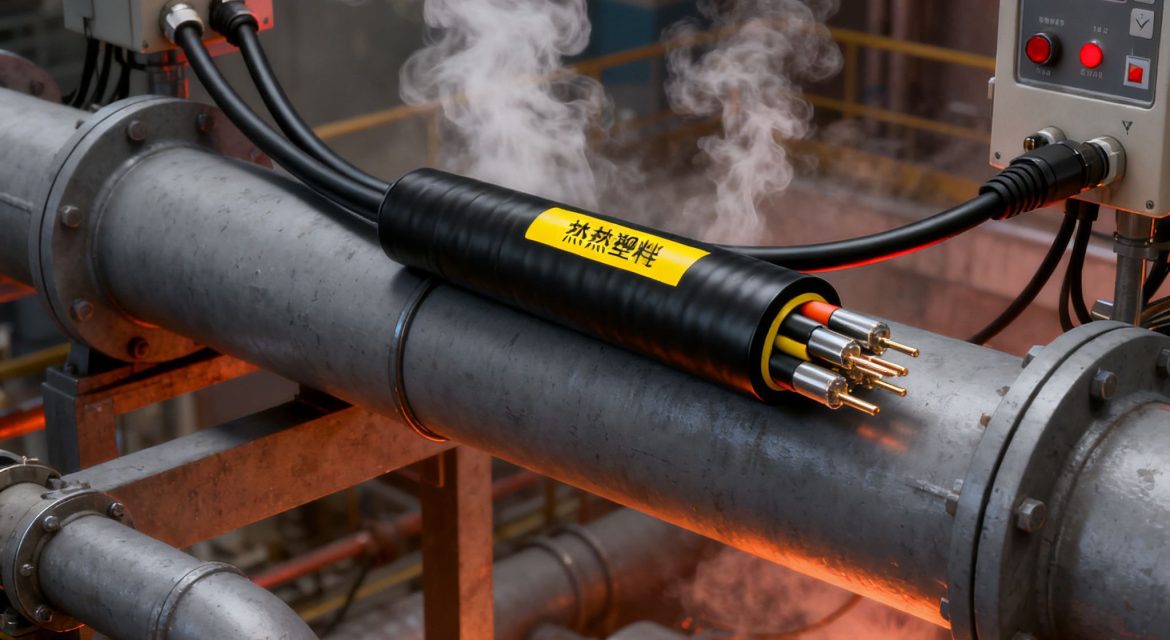High-temperature resistant plastic optical cables: When Technology meets the “fire Test”

Have you ever wondered how the cables that transmit data withstand the high temperatures in those high-temperature environments, such as factory workshops, car engine compartments, or even in space exploration? Today, let’s talk about high-temperature resistant plastic optical cables – this seemingly ordinary thing that hides cutting-edge technology.
When it comes to optical cables, people might first think of the optical fibers used for Internet access at home, which are usually made of glass or plastic. However, in high-temperature environments, ordinary optical cables become “timid” : the plastic will soften, deform, and even release harmful gases, leading to signal interruption or equipment failure. And high-temperature resistant plastic optical cables, just as their name suggests, are specially designed for “fire roasting” scenarios. It uses special polymer materials, such as polyimide (PI) or polyetheretherketone (PEEK), which can remain stable at high temperatures ranging from 150°C to 300°C, and some can even withstand extreme conditions above 500°C for short periods.
Why is this important? Imagine that in the automotive industry, the cables near the engine need to withstand high temperatures for a long time; In the petrochemical industry, it is common for the temperature of equipment to soar during operation. In the aerospace field, the environmental temperature inside space capsules or rockets fluctuates greatly. If the optical cable is not heat-resistant, data transmission will go wrong, which may not only affect efficiency but also cause safety accidents. High-temperature resistant plastic optical cables not only solve these problems, but also make installation and maintenance simpler due to their light weight and flexibility.
But don’t think this is just a simple “material upgrade”. Behind high-temperature resistant plastic optical cables lies the in-depth integration of materials science and communication technology. Scientists have designed the molecular structure to make plastics less prone to decomposition at high temperatures while maintaining low signal loss. This is like putting on a “fireproof suit” for the optical cable, which not only protects the internal optical fiber core but also ensures the high-speed transmission of data. Interestingly, this technology also promotes environmental protection – some high-temperature resistant plastics can be recycled, reducing electronic waste.
Of course, there are also many challenges. For instance, how can we ensure high-temperature resistance while controlling costs? After all, high-end materials are quite expensive. In addition, the issue of material aging also needs to be taken into consideration after long-term use. Overall, however, high-temperature resistant plastic optical cables are becoming the “invisible heroes” of Industry 4.0, the Internet of Things and intelligent manufacturing. It shows us that technology is not merely a high-end concept, but a practical tool to solve the problems in life.
The next time you drive through a hot road section or hear that a Mars probe has sent back data, you might as well think of these optical cables that work silently – they connect our future with their ability to withstand high temperatures.





